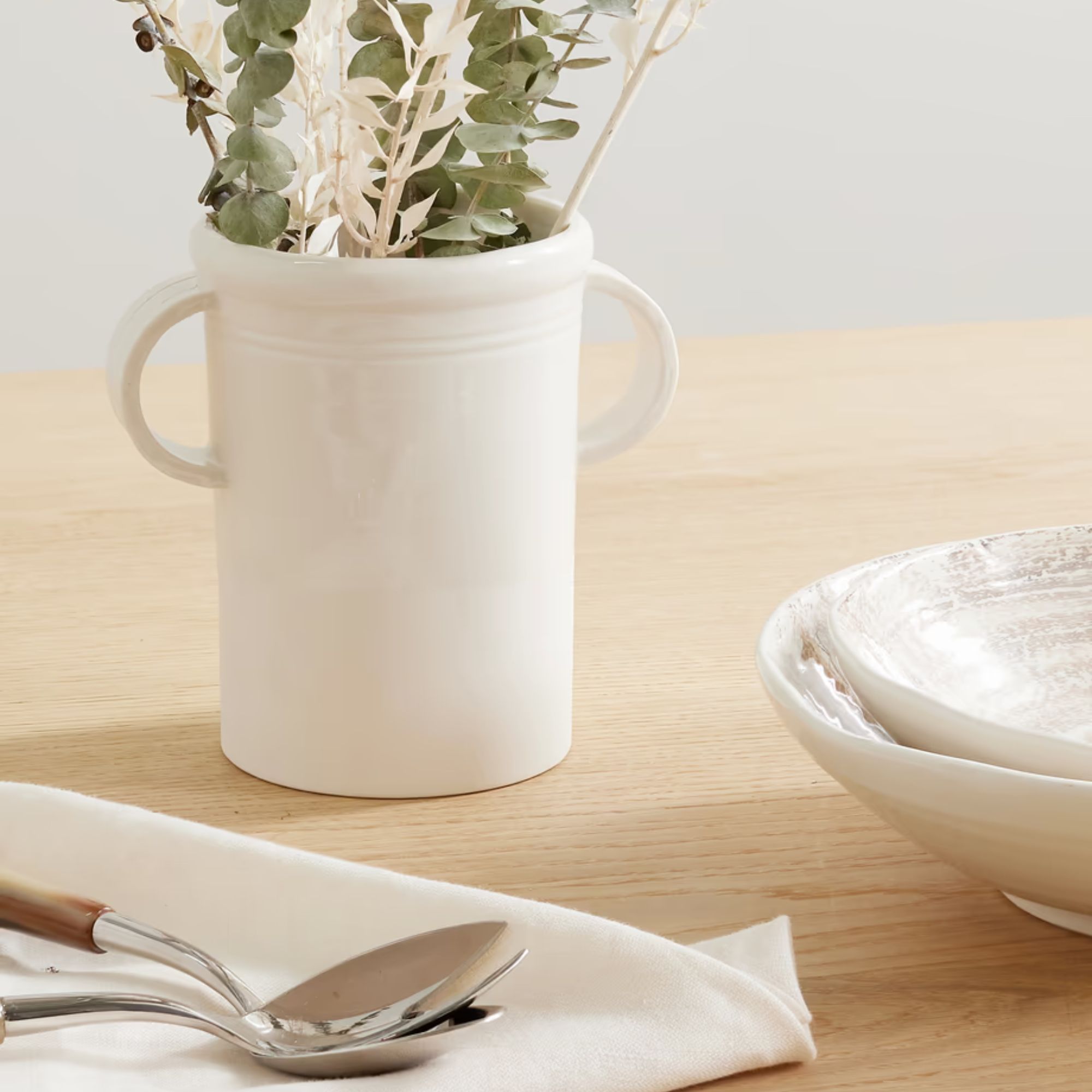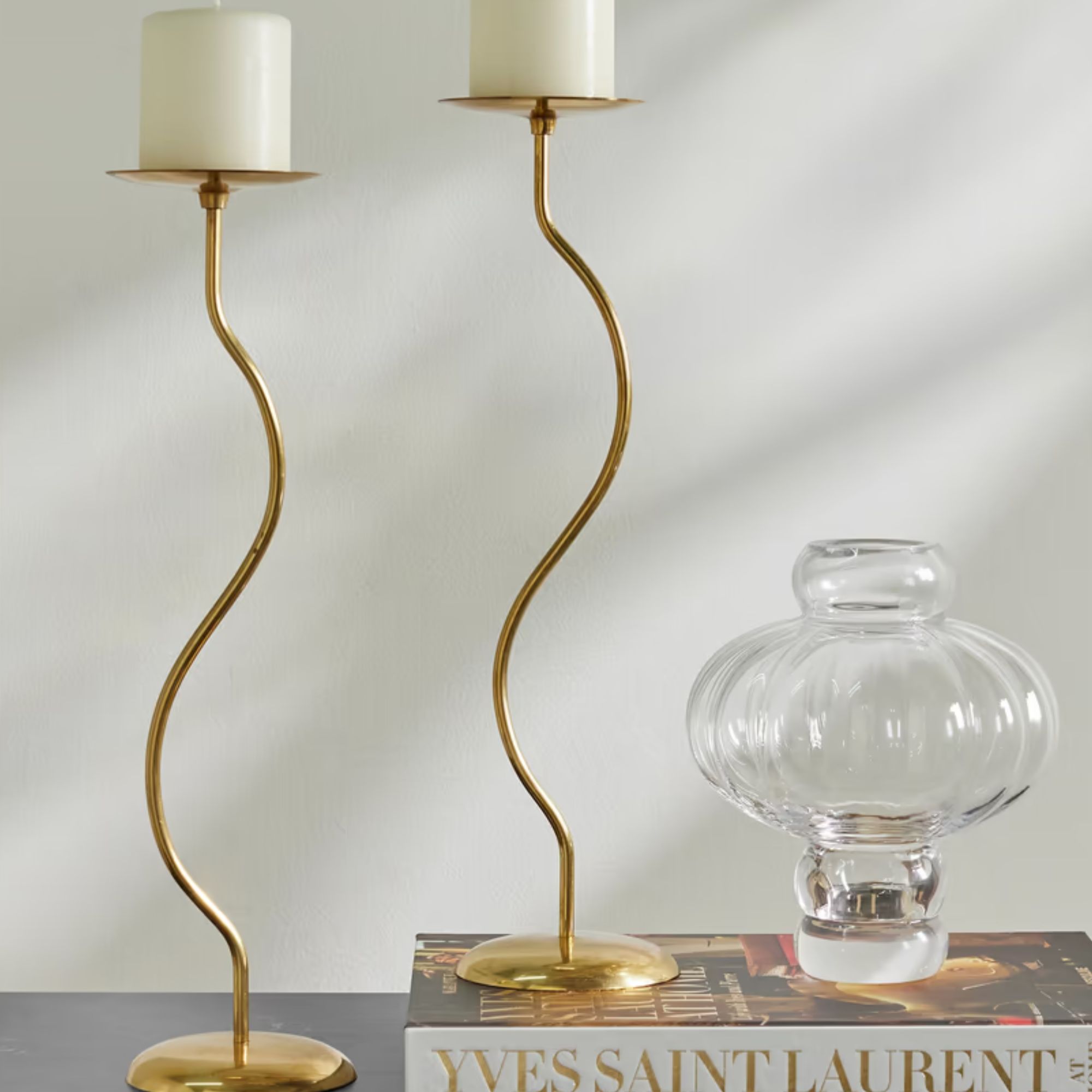Is Japandi still on trend? Interior designers weigh in on why this soothing style's popularity endures
This minimalistic blend between Japanese and Scandinavian design aesthetics is on the rise once again. Here's what makes the style stick, according to the experts


The Japandi aesthetic, a considered and pared-back blend of Japanese and Scandinavian influences, has become a mainstay in interior design. Loved for its minimalistic, comfort-forward approach, the style takes inspiration from nature and puts function first.
Though Japandi has been around and admired for quite some time, the soothing style is trending once again. To get the rundown on how Japandi style is captivating designers and homeowners alike in 2024, we spoke with the experts – here's what they shared about the timeless look.
Is Japandi still on trend for 2024?

Because of its deep-seated roots in Scandi style and Japanese design schemes, Japandi is a classic expression of minimalist decor that's unlikely to go out of style. Though Joachim Kornbek Hansen, design director of Audo Copenhagen, says he doesn't love describing the style with the 'Japandi' label, he sees the 'synergies' that have allowed Japanese and Scandinavian styles to blend so seamlessly.
'Renowned for its deep appreciation of Nordic design and unwavering commitment to quality, Japan shares many of the same sensibilities as Denmark – traditional aesthetics, modern design principles, and a strong emphasis on functionality, simplicity and quality craftsmanship,' says Joachim.
The interior design style is well-suited to evolve over time, 'embracing modern influences while staying true to its core principles of simplicity, harmony and balance,' he adds. While Japandi interiors and furniture selections adapt to modern needs, Joachim believes the aesthetic will endure in its classic form.

Joachim Kornbek Hansen is the Design Director of Audo Copenhagen, a luxury design brand based in Denmark.

Joachim shares that as time has gone on, the 'traditional' Japanese muted color palette that integrates 'neutrals and earth tones' has shifted. Now, Japandi-style interiors are seeing moody colors and bolder takes on the classic palette. Joachim says this evolution is positive, allowing the look to 'exude a fresher and more contemporary aesthetic.'
'Designers have started experimenting with subtle pops of color or richer hues to add depth and interest to spaces while still maintaining the balance and harmony inherent in both world's design principles,' he says.
Design expertise in your inbox – from inspiring decorating ideas and beautiful celebrity homes to practical gardening advice and shopping round-ups.
Joachim says that quality should always prevail over quantity in a space that blends Japanese and Scandinavian styles. To get the style down for 2024, he advises sticking to the aesthetics main tenets first, 'investing in well-crafted pieces that will stand the test of time and contribute to the overall sense of elegance and sophistication.'

'Japandi is about aesthetics of naturalism, purity, and basically, the beauty of nature,' says Artem Kropovinsky, interior designer and founder of New York City-based Arsight.
Artem adds that Japandi's emphasis on wellness and serenity guarantees it's here to stay in 2024. Because it prioritizes a clean, clutter-free space and integrates eco-friendly elements, the minimalistic aesthetic will continue to adapt with our lifestyles.
Warm color palettes and organic textures have made their way into the design style more as of late, he says, making Japandi work better with a general mindset shift away from all-out minimalism.
'Improvements in eco-friendly materials and artistry are adding the spice and zest to Japandi's character, with old and new components blending into one bright mix,' says Artem.

Based in New York, Artem Kropovinsky, founder of Arsight, has a decade of extensive and considerable global design experience. Prioritizing minimalism, sustainability, and authenticity, Artem, alongside his team of professionals, works on projects in the US and worldwide.

Olga Alexeeva, creative director of London-based Black & Milk, agrees that Japandi-style interiors aren't going anywhere. The blended look's minimalistic tenets, functionality, neutral color scheme and calming atmosphere all contribute to its long-lasting place on the 'in' list.
'This design style offers a balance of simplicity and tranquility, connecting to nature and appealing to those seeking calmness and organization in their living spaces amidst the rapid pace of today's world. Its minimalist approach, combined with the practicality of the space and the serene atmosphere it creates, makes Japandi design a popular choice for interior design,' says Olga.

Though Japanese and Scandinavian design styles overlap quite often, Hafsa Burt – founder and lead architect at hb+a Architects – says their contrasting qualities contribute to the timeless appeal of Japandi as well.
'Japanese design tends to be uncluttered with clean lines, but, unlike the Bauhaus movement, Scandinavian sensibility is all about comfort and a mélange of earthy tones and textures. Juxtaposition of these two styles, which could potentially remind people of places they've been to or conjure up perceptions of certain regions in the world, will continue to trickle through designs,' she says.
As for the Japandi style on the whole, Hafsa says 'minimalism is always on trend.' And, with more emphasis on eco-friendly design at the moment, Japandi ticks many of-the-moment boxes designers have their eyes on.

Hafsa Burt, a seasoned architect with 24 years of experience, leads hb+a Architects, a studio she founded in 2006. A graduate of SCAD with a Master of Architecture, her diverse portfolio spans from the San Francisco Airport to multifamily and medical office buildings.
Japandi's influences and key philosophies ensure its long-lasting place in the design world. With minor updates and warmer color schemes, it's clear the Japanese-Scandinavian style will only improve with time.

Abby was the Interior Design News Editor at Homes & Gardens and is now studying for her Master's degree in Journalism at City University, London. Prior to joining our team, she worked with Better Homes & Gardens, where she wrote and edited content about home decor, gardening tips, food news, and more. She studied Journalism and English Literature at New York University and moved to London to pursue her love of writing in 2023.


